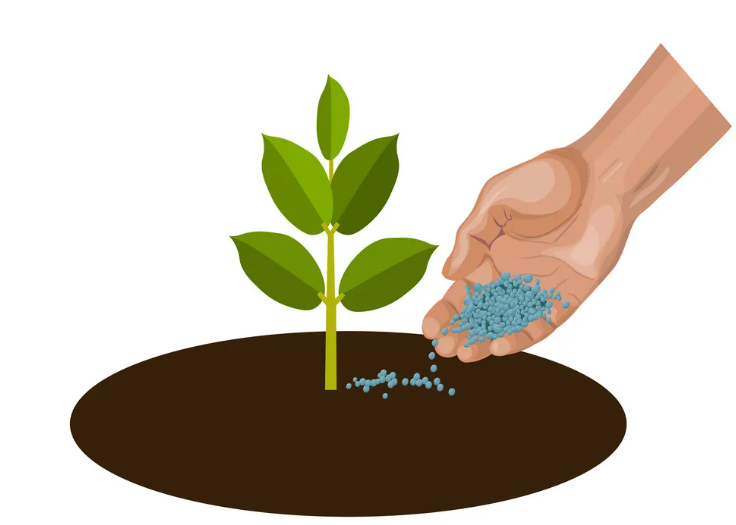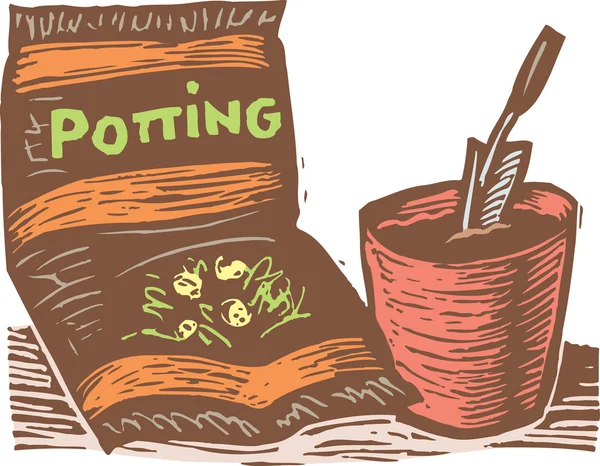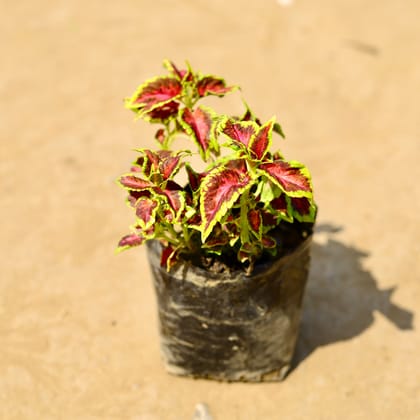
- Plants
- Plants
- Home Decor Plants
- Home Decor Plants
- Pots
- Pots
- Soil & Add ons
- Soil & Add ons
- Seeds
- Seeds
- Tools
- Tools
- Decor
- Decor
- Gifting
- Gifting
- Bulk Gifting
- Bulk Gifting
- Gardening Kits
- Gardening Kits
- Others
- Others
- Sale
- Sale
- Best Selling Plants
- Best Selling Plants
Urvann
Urvann is your one-stop online nursery for plants, planters, gardening accessories, and tools. Order fresh plants and get free home delivery on the next day!
ENFB instagram youtube linkedin Urvann
Urvann is your one-stop online nursery for plants, planters, gardening accessories, and tools. Order fresh plants and get free home delivery on the next day!
https://www.urvann.com/s/6176774ef575bbd2b3331c8a/61db06dd744e78df7592f6d9/final-logo-01-1-_cropped-1.png https://www.urvann.com/s/6176774ef575bbd2b3331c8a/61db06dd744e78df7592f6d9/final-logo-01-1-_cropped-1.png +919911871899 [email protected]E-176 110060 Delhi IN
66d183f040613d003223df6e Harsingar / Parijat with flowers (Pune Variety) (4 Years Old) (~ 4-6 Ft) in 8 Inch Nursery Bag https://www.urvann.com/s/6176774ef575bbd2b3331c8a/66d183f240613d003223df70/1percent20-75-.jpg
The Harsingar is a beautiful flowering plant, also commonly known as the ‘Parijat’ or the ‘night-flowering jasmine’. The flowers bloom in the night and shed off by morning, carpeting the ground. The plant belongs to the Oleaceae family and has flower petals arranged like a pinwheel above a vibrant orange tube. The plant is relatively low-maintenance and is also used as an offering in temples.
Benefits of Harsingar Plant
 Tough Plant :
Tough Plant :
The Harsingar flowering plant looks delicate but is a hardy plant, and can tolerate high temperatures as well.
 Attract Pollinators:
Attract Pollinators:
The blooms of the Harsingar plant attract many pollinating insects such as butterflies, bees, and more. Pollination is very important to promote biodiversity.
 Low Maintenance:
Low Maintenance:
The flowers are very easy to care for and thrive well in tropical and subtropical countries such as India. However, the plant requires thorough watering and occasional pruning sometimes to help in its healthy growth.
 Used for worship :
Used for worship :
The Harsingar plant is used as offerings in temples and is said to be a symbol of love and devotion.
Care Tips for Harsingar Plant
 Watering :
Watering :
The soil for the Harsingar plant must be kept moist, especially during the growing season. Water plants consistently, but avoid water-logging.
 Light :
Light :
The Harsingar plant loves bright sunlight for at least 5-6 hours a day.
 Placement :
Placement :
Harsingar is an outdoor plant. It should be kept in an area receiving bright sunlight.
 Fertilization :
Fertilization :
To Fertilize - Add nitrogen and phosphorus to the Harsingar Plant to maintain good plant growth. You can also add dry banana peels as they are a rich source of nitrogen. You can also use Vermicompost every 2 weeks.
Using seaweed fertilizer also balances the nutrition of the plant.
 Ideal Soil Mix :
Ideal Soil Mix :
Harsingar plants prefer acidic soil. Use cow dung as part of your soil mix as it will make the soil acidic. The ideal soil mix for this plant should be, Garden Soil (35%) + Cocopeat (30%) + Vermicompost (30%) + Neem Khali (5%)
 Pruning :
Pruning :
Keep pruning the Harsingar plant to encourage branch growth and give it more spread.
 Pest Control :
Pest Control :
Mealybugs are a big problem for the Harsingar plant. Keep spraying the plant with neem spray every 2 weeks to help with pest control.
Frequently Asked Questions about Harsingar Plant
1. What are the common colors of Harsingar plants?
The Harsingar plant has white fragrant flowers.
2. What is the difference between Harsingar and Parijat?
There is no difference, these are the same plants.
3. Is the Harsingar plant considered to be lucky?
The plant was gifted by Lord Krishna to his wife Satyabhama and is a symbol of love and devotion.
4. Why is the Harsingar plant also called ‘the plant of sorrow’?
The Harsingar plant is also called ‘the plant of sorrow’, as its flowers drop off in the morning.
5. What is the flowering time of Harsingar?
The Harsingar plant blooms from August to November.
6. Where can I buy Harsingar plants?
Head over to Urvann, India’s favorite online nursery, and browse from their extensive collection of plants.
.
ALN3603Nin stockINR 299
1 5
Email ID already exists!
Your Current password is incorrect
Password Updated Successfully
Thanks for your Feedback
- Home
- Religious and Sacred Plants
- Summer Plants
- Harsingar / Parijat with flowers (Pune Variety) (4 Years Old) (~ 4-6 Ft) in 8 Inch Nursery Bag
Harsingar / Parijat with flowers (Pune Variety) (4 Years Old) (~ 4-6 Ft) in 8 Inch Nursery Bag
₹299₹809 (63%OFF)
Sold By: ALN
Features
- Blooms at night
- Considered holy for Hindus
- Sweet Fragrance
- Low-Maintenance
Description of product
The Harsingar is a beautiful flowering plant, also commonly known as the ‘Parijat’ or the ‘night-flowering jasmine’. The flowers bloom in the night and shed off by morning, carpeting the ground. The plant belongs to the Oleaceae family and has flower petals arranged like a pinwheel above a vibrant orange tube. The plant is relatively low-maintenance and is also used as an offering in temples.
Benefits of Harsingar Plant
 Tough Plant :
Tough Plant :
The Harsingar flowering plant looks delicate but is a hardy plant, and can tolerate high temperatures as well.
 Attract Pollinators:
Attract Pollinators:
The blooms of the Harsingar plant attract many pollinating insects such as butterflies, bees, and more. Pollination is very important to promote biodiversity.
 Low Maintenance:
Low Maintenance:
The flowers are very easy to care for and thrive well in tropical and subtropical countries such as India. However, the plant requires thorough watering and occasional pruning sometimes to help in its healthy growth.
 Used for worship :
Used for worship :
The Harsingar plant is used as offerings in temples and is said to be a symbol of love and devotion.
Care Tips for Harsingar Plant
 Watering :
Watering :
The soil for the Harsingar plant must be kept moist, especially during the growing season. Water plants consistently, but avoid water-logging.
 Light :
Light :
The Harsingar plant loves bright sunlight for at least 5-6 hours a day.
 Placement :
Placement :
Harsingar is an outdoor plant. It should be kept in an area receiving bright sunlight.
 Fertilization :
Fertilization :
To Fertilize - Add nitrogen and phosphorus to the Harsingar Plant to maintain good plant growth. You can also add dry banana peels as they are a rich source of nitrogen. You can also use Vermicompost every 2 weeks.
Using seaweed fertilizer also balances the nutrition of the plant.
 Ideal Soil Mix :
Ideal Soil Mix :
Harsingar plants prefer acidic soil. Use cow dung as part of your soil mix as it will make the soil acidic. The ideal soil mix for this plant should be, Garden Soil (35%) + Cocopeat (30%) + Vermicompost (30%) + Neem Khali (5%)
 Pruning :
Pruning :
Keep pruning the Harsingar plant to encourage branch growth and give it more spread.
 Pest Control :
Pest Control :
Mealybugs are a big problem for the Harsingar plant. Keep spraying the plant with neem spray every 2 weeks to help with pest control.
Frequently Asked Questions about Harsingar Plant
1. What are the common colors of Harsingar plants?
The Harsingar plant has white fragrant flowers.
2. What is the difference between Harsingar and Parijat?
There is no difference, these are the same plants.
3. Is the Harsingar plant considered to be lucky?
The plant was gifted by Lord Krishna to his wife Satyabhama and is a symbol of love and devotion.
4. Why is the Harsingar plant also called ‘the plant of sorrow’?
The Harsingar plant is also called ‘the plant of sorrow’, as its flowers drop off in the morning.
5. What is the flowering time of Harsingar?
The Harsingar plant blooms from August to November.
6. Where can I buy Harsingar plants?
Head over to Urvann, India’s favorite online nursery, and browse from their extensive collection of plants.
.
Related products
User reviews
1 Review
I received my order today , all plants were osm , I'm very satisfiedSep 3, 2024 7:13:55 AM
Urvann is your one-stop online nursery for plants, planters, gardening accessories, and tools. Order fresh plants and get free home delivery on the next day!
Information
Major Categories
Gifting
Offers under 99
Offers Under 199
Plants
- Indoor Plants
- Low Maintenance Plants
- Flowering Plants
- Outdoor Foliage Plants
- Religious & Sacred Plants
- Air Purifying Plants
- Cactus & Succulents
- Good Luck Plants
- Plants by Location
- Plants of the Month
- Herbs-Medicinal & Vegetable Plants
- Fruit Plants
- Monsoon Plants
- Hanging Plants
- Potted Plants
- Bonsai Plants
- Special Plant Combos
- Bamboo Plant
- Pet Friendly Plants
- Plants to grow in Water
- Mosquito Repellent Plants
- Climbers & Creepers
Gardening Tools & Equipments
Soil & Fertilizers
Membership & Gift Cards
ADDRESS
Urvann India Private Limited
E-176
Delhi
Delhi 110060
IN
NEWSLETTER
Subscribe to get Email Updates!
Thanks for subscribe.
Your response has been recorded.
India's Number 1 Choice for Plants | Urvann India Private Limited






